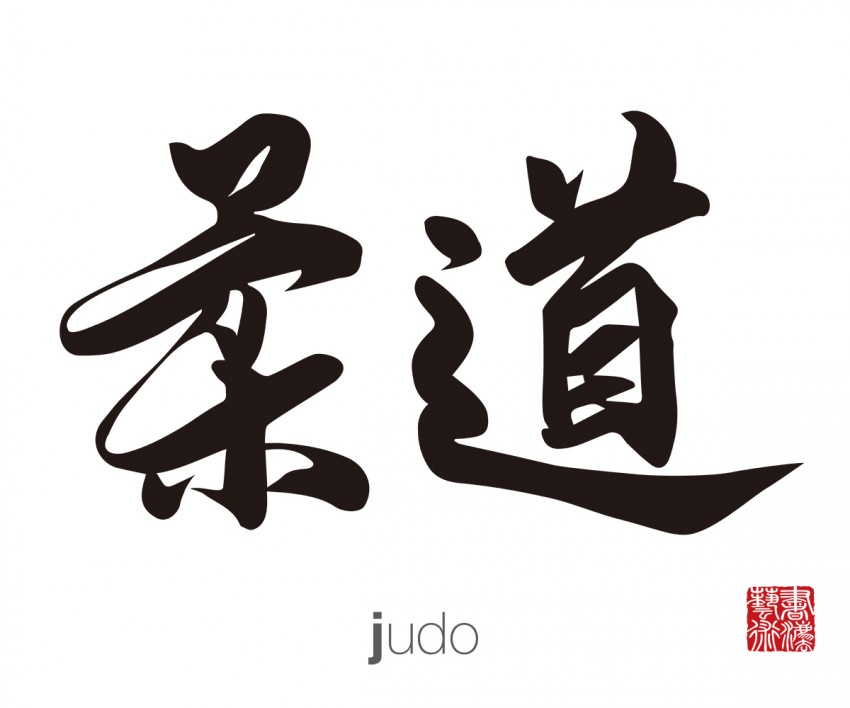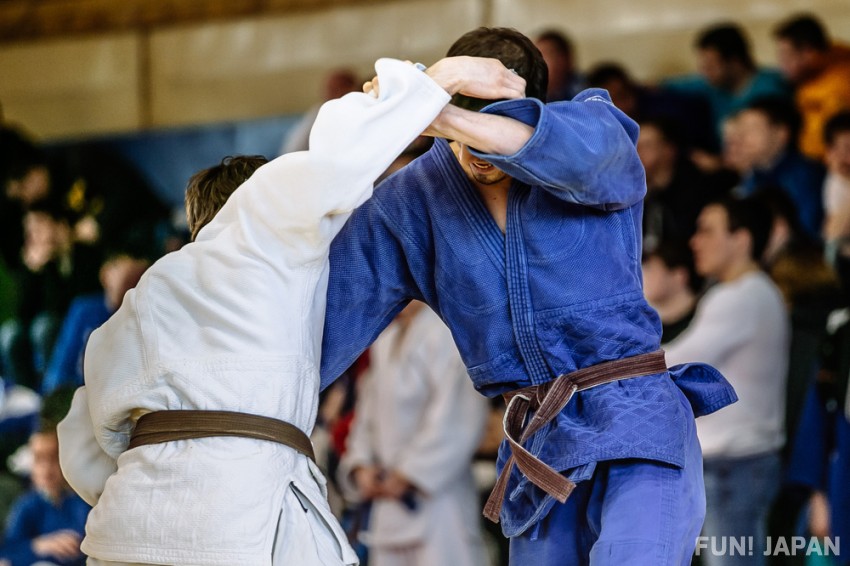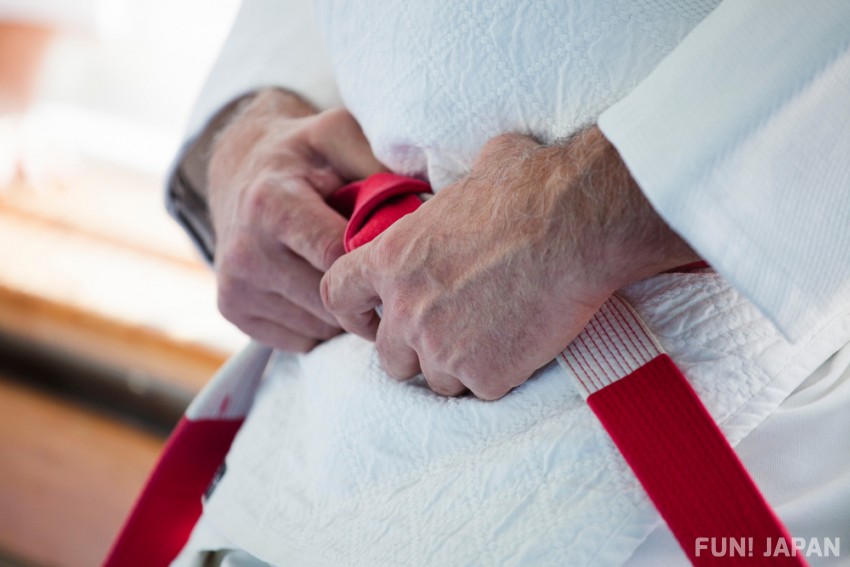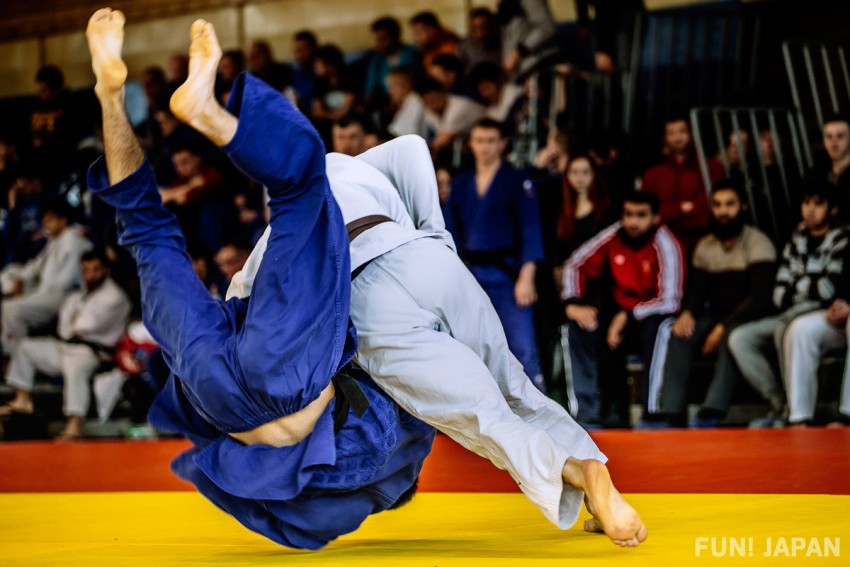In Judo (柔道), there are various throwing techniques, overhead throws and hand jabbing used, also, the people performing these moves are separated into different tiers as shown by the color of their belt. It is a sport that has received enough recognition around the world to give it a spot at the Olympic games. In this article we would like to introduce you to the creator of Judo, and its history.
目次
The Kodokan that the Creator of Judo Opened and its History

Kanō Jigorō, who was the instructor of Judo, decided to take Jū-jutsu (柔術) which was used for fighting, and make it into something that not only was used for training to fight but for training of the mind. Furthermore, he had a great understanding of the moves on Jū-jutsu meaning he could bring them together into one single intensiveness for Judo. The training hall, dōjō (道場) that he created was the Kodokan (講道館). He not only worked in Japan but visited Europe furthering the popularity and fame of Judo. Thanks to his efforts, Judo is now known in 199 different countries which are registered members of the International Judo Federation.
The Principles that the Judo Creator Wrote for His Kodokan

The principles that Kanō Jigorō brought up for his dōjō were "Seiryoku zenyo" (Maximum efficiency) and "Jita kyoei" (Mutual welfare and benefit). The first was to ensure your body and mind that was at it's peak condition, it was to make use of your opponents strength and turn it into your own. The second principle was to show the importance of using both your own and others strength to help society prosper and grow.
How does Judo Work? Judo Throws and Judo Flip?

In Judo, which is even done at the Olympic games, there are international rules that have been created. One match, regardless of men or women, is 4 minutes long. The sport is a very courteous one, before and after each match, each person bows to the other to show respect. There are mainly two types of technique (waza) judgments, "Ippon (一本)" and "Waza-ari (技あり)".
Ippon awards a point for "1.Getting the better of the opponent", "2. Forcing the opponents back onto the tatami mat", "3. Strength", "4. Speed". Furthermore, if you are able to pin your opponent down with their back and both shoulders to the tatami mat for 20 seconds it becomes a point of Ippon, whilst 10 seconds is Waza-ari . If you are able to complete two of the four components, it also becomes Waza-ari. A winner is decided if an Ippon is awarded but two Waza-ari result in an "Ippon Gachi" which means win by Ippon. There are also ways to lose or win based on foul play.
How does One Achieve a Higher Tier of Belt in Judo?

The Judo uniform has various belts that wrap around it, these can be white, brown, and black, based on the "Dan" (級, degree) and "Kyu" (段, grade) which is a ranking of the member these can change. Furthermore, the colors for younger people and older people are fundamentally different.
For younger people, the first belt is white, 5th Kyu (grade) awards a yellow belt, 4th Kyu is orange, 3rd Kyu is green, 2nd Kyu is purple, and 1st Kyu is brown. For anyone above the age of 14, the colors are as follows: under 4th Kyu is white, 1st-3rd Kyu is brown, as you reach the highest levels from 5th Dan (degree), you get a black belt.
For those who have higher levels such as 6-8th Dan can award a red and white belt, whilst those who have the highest levels of 9th Dan and 10th Dan can award a pure red belt. Moreover, from 1st Kyu to 5th Kyu, the lower the number the stronger the person. However from the first Dan to 10th Dan in the senior class, the higher the number the stronger the person. There are a lot of criteria which decide a rank including years of practice, match results, age, and strength.

Comments